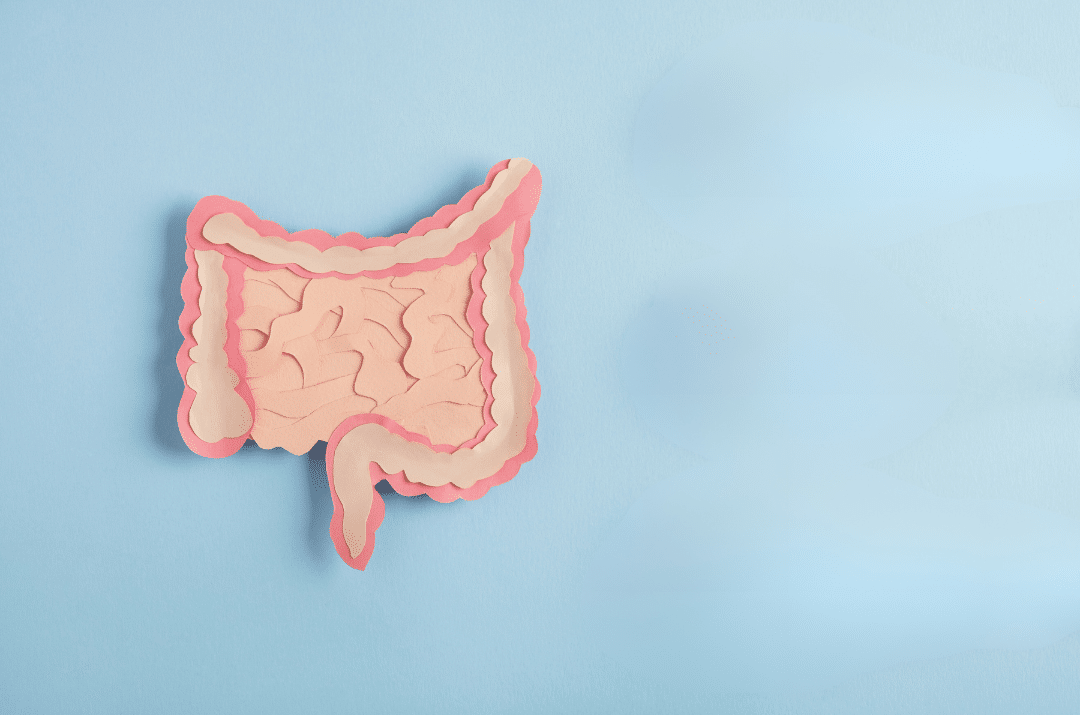We already know that what we put into our bodies can have a direct effect on our overall health and well-being. But how does eating a plant-based diet help Parkinson’s disease?
A plant-based diet fuels the body with the nutrients it needs to stay healthy and strong. As the name suggests, it’s primarily focused on plants. That means eating more fruits and veggies, along with whole grains, nuts and beans.
You can also incorporate monounsaturated or “healthier” fats, i.e., choosing olive oil over butter, and consume smaller amounts of protein—preferably fish high in omega-3 fatty acids, such as salmon.
“The evidence is pretty overwhelming that a plant-based, whole food diet is the foundation of healthy nutrition,” says Dr. John Duda, director of the Parkinson’s Disease Research, Education and Clinical Center (PADRECC) of the Philadelphia VA Medical Center and associate professor of neurology at the Perelman School of Medicine at the University of Pennsylvania.
What’s more, eating a plant-based diet can improve symptoms of Parkinson’s disease. If you don’t believe us, here are five reasons that will change your mind. In fact, they may even inspire a mad dash to the produce section the next time you’re in the grocery store.
1. It could give you stronger bones, so take that, falls!
Mobility challenges are more common as Parkinson’s disease progresses, and for many, there will likely be an increased risk for falls. According to some research, having PD can also increase the risk for bone thinning. Strong bones are what people with Parkinson’s need to stay safe in the event of a fall.
That’s why it’s crucial to eat plant-based meals rich in bone-strengthening nutrients such as calcium, magnesium and vitamins D and K. In addition to consuming the right kind of foods, exercising on a regular basis—including weight-bearing exercises and strength training—will keep those bones nice and strong, making fractures or breaks less likely.
2. It helps you fight malnourishment and weight loss.
Since Parkinson’s can affect digestive function, people living with PD may notice symptoms such as early satiety (the sensation of feeling full after consuming a small amount of food), difficulty swallowing, or food tasting bland or different from what you’re used to.
This can lead to malnutrition, weight loss, muscle loss, depletion of vital nutrients, a weakened immune system, risk for other diseases or even death.
Eating smaller portions of food more frequently can help increase your appetite. To make food more appealing so that you feel like eating more, try experimenting with new recipes and seasoning your meals with more nutrient-dense herbs and spices.
If you continue to struggle with significant weight loss, consult your doctor or nutritionist. They can offer new strategies for putting on/keeping on weigh, while factoring in your symptoms and personal needs.
3. When you’ve got to go to the bathroom, you actually go.
Parkinson’s disease can slow the movement of the colon, causing constipation. Unresolved constipation can lead to bowel impaction. This is when a mass of dry, hard feces becomes impossible to pass normally. Bowel impaction can require hospitalization and even surgery.
People with PD need at least 20-40 grams of daily fiber in their diet each day. You can get fiber from fruits, vegetables, beans, whole grains, nuts and seeds. “One small change, like adding 1-2 tablespoons of ground flax seed to your diet, can be very beneficial, especially for symptoms like constipation,” Duda says.
Choose foods that have five or more grams of fiber per serving. Then flush it down with at least six to eight cups of water. If you have less than one bowel movement per day, you probably need to drink more fluids.
4. It could help reduce medication fluctuations.
Carbidopa-levodopa is a common medicine used to treat Parkinson’s disease. However, if you take it too soon before or after eating, the protein in your diet might interfere with medication absorption. That’s because carbidopa-levodopa is absorbed into the digestive system through the same route as protein. When taken together, they will compete to be absorbed into the body. This makes the medication less effective at fighting symptoms.
People with PD find that eating most of their protein during the last meal of the day better controls their symptoms. Most medical providers recommend taking carbidopa-levodopa 30 to 60 minutes before eating a meal. This allows the medication to be quickly absorbed into the body before the food can interfere.
In research studies, fluctuations improved in about 80 percent of people who made this dietary change. Another thing to note is that iron can also prevent your body from absorbing certain medications. It is recommended not to take iron supplements within two hours of carbidopa-levodopa.
5. It could slow down disease progression.
“Most current theories regarding the cause of PD include chronic inflammation and oxidative injury,” Duda says. “Therefore, it makes sense to me that a plant-based diet, loaded with anti-inflammatory and anti-oxidative compounds could slow disease progression.”
The best way to increase anti-oxidants and anti-inflammatory compounds in your blood and brain is by eating plants. Choose fresh or frozen whole foods. Avoid boxed or canned items as much as possible. Aim for a variety of fruits and veggies every day, and be sure to include nuts and seeds into your meals. After all, they are plants too.
“If you’ve been eating a certain way for a long time, it might be really hard to make all the changes we’re talking about for a whole food, plant-based diet at once,” Duda says. “I advise people to do their best to minimize processed foods, dairy and meat, and to make healthy replacements for some meals during the week.”
Looking for more information on Parkinson’s and nutrition? We’ve got you covered.
By Kathryn Jones



